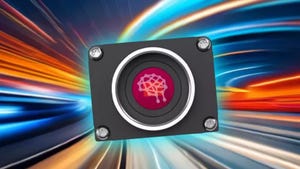2023 Nissan Z Showcases Value of Continuous Engineering
The latest edition of the Z carries over its fundamentally sound platform, adding refinements to keep it competitive
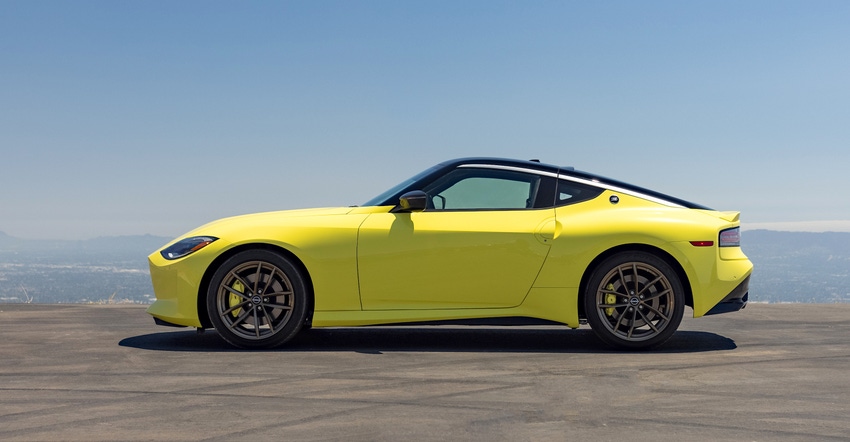
Four-hundred horsepower ain’t what it used to be. When the 1992 Dodge Viper debuted with its fire-breathing 8.0-liter V10 engine churning out an unimaginable 400 hp, those were 400 of Satan’s bonafide fire-breathing steeds riding straight out of Hell.
The twin-turbocharged 3.0-liter V6 that propels the 2023 Nissan Z is rated at the same 400 hp, but these are polished, poised Lipizzaner stallions from Austria, here to demonstrate their stunning combination of power and control.
The throttle is crisply responsive, with none of the sluggishness that plagues some of the few remaining cars whose available manual transmissions make this relevant. Placement of the throttle, brake, and clutch pedals is perfect for facilitating heel-and-toe downshifts, so it is nice that the maneuver isn’t undermined by an engine whose throttle has a mind of its own.
The twin-turbo engine’s power delivery is delightfully linear, providing the power delivery of a larger-displacement naturally aspirated engine in a smaller, more efficient powerplant. The Nissan 300ZX of the 1990s also featured a twin-turbo 3.0-liter V6, but that car was a pricy technical showpiece for the brand.
When Nissan debuted the 350Z in 2002, the company was more mindful of cost and used a naturally aspirated 3.5-liter V6. The engine grew to 3.7 liters in the 370Z in 2010. Now, the 2023 Z (and that is the name now, just “Z.”). The twin turbochargers contribute to a 68-horsepower increase over the 370Z’s engine, and this engine is an even 100 hp stronger than its twin-turbocharged 300ZX antecedent.
The naturally aspirated-style power delivery is courtesy of small-diameter turbos that spin up to speed instantly. The challenge is that such turbos can overspeed at high engine rpm. Nissan’s solution is to apply instrumentation to monitor the speed of the turbos so they don’t exceed design limits. This is a solution pioneered by Ferrari as that company switched from natural aspiration to forced induction for its sports cars, which it also wanted to mimic their non-turbocharged predecessors in character.
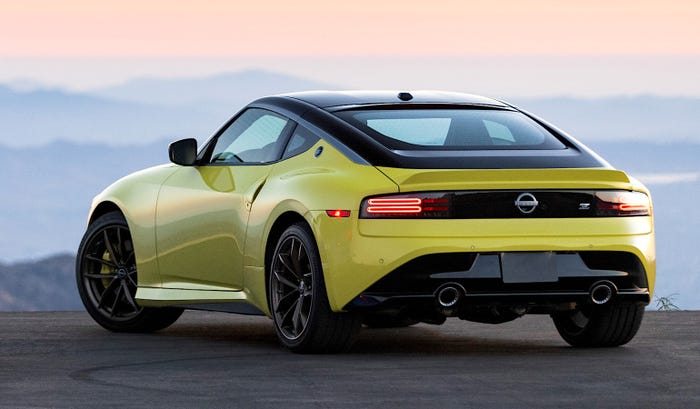
Preservation of this character is aided by use of a lightweight Exedy high-performance clutch and a carbon fiber driveshaft that also takes rotating inertia out of the drivetrain. A 9-speed automatic transmission is also available for sports car drivers who don’t want too much sport.
The 2023’s Z’s chassis is mostly carried over from the 370Z, which itself was based on that of the 350Z, so the car’s underpinnings date back 20 years. It is a tribute to the original engineering that the platform has been receptive to continuous improvement rather than wholesale replacement.
The shock absorbers are upgraded from those in the 370Z, with a larger-diameter monotube design that is valved to be 20 percent softer than before. Increased caster angle in the front suspension increases the self-centering tendency of the steering. Optional 19-inch forged aluminum wheels from Rays carry Bridgestone Potenza S007 high-performance tires and provide space inside for larger brakes.
The Z’s shape is familiar, as it is substantially carried over, but the details are fresh. Now the car’s design channels bits of the original 1970 240Z as well as pieces of the ‘90s 300ZX. Oddities remain, such as the curious vertical lever-style door handles on the trailing edge of the doors as well as the sharp point at the doors’ top, just above the handles, that begs the chance to jab someone entering the car in a hurry.
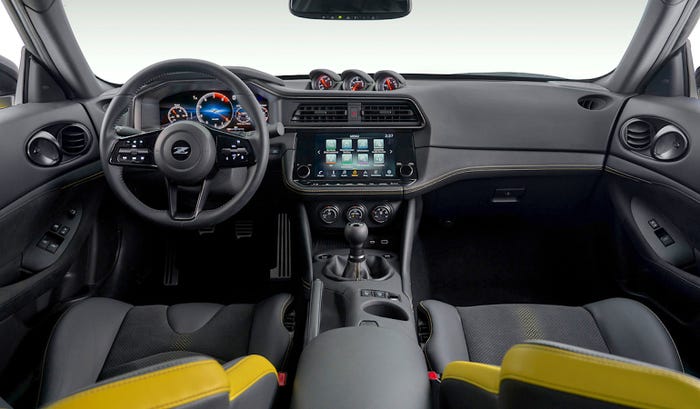
Make it past that rampart and the snug cockpit is a similar mix of carry-over and nostalgia. The trio of angled gauges in the center of the dash harks back to the 240Z, while a contemporary display panel ahead of the driver provides all the information you really need.
The seat power-adjustment switches are mounted on their inboard side, defying the convention of putting them on the outboard side or on the door panel. For a sports car like this, lighter, cheaper manually adjusted seats would be a better solution, but we can’t deny Japanese brands their love for servo motors.
This blend of an old foundation with new updates and retro-themed detailing is a successful recipe, producing a car that consistently turned heads and attracted favorable comments during the week I drove the car. Matting the accelerator pedal and cranking the steering wheel through a series of S-curves confirms that the recipe is dynamically successful too.
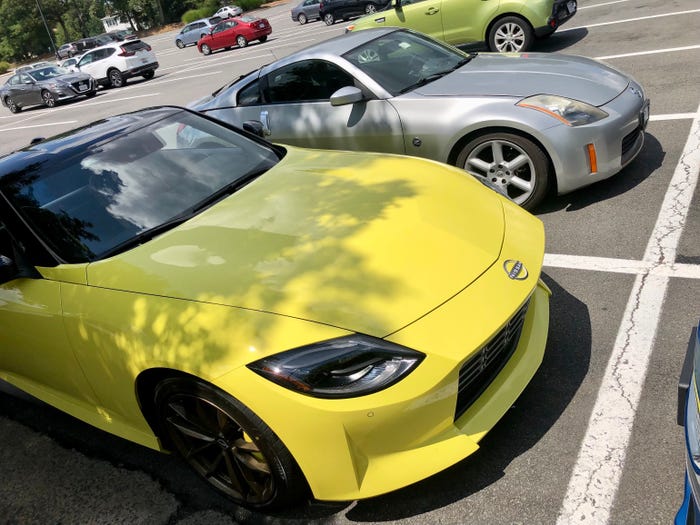
With an as-tested price of $56,210 buyers are left to weigh for themselves what to make of the 2023 Z’s 400 civilized horses when there are good, lower-powered 2-seat sports car options like the Toyota 86 TRD, Subaru BRZ, and Mazda MX-5 Miata out there too for $20,000 less. In an ideal world, there will be room for each of them to enjoy popularity. But in a world quickly leaving sports cars behind in favor of SUV-flavored tall wagons, it remains to be seen how long we will continue to have these options available. In the meantime, look for the Z’s sharp looks to attract a wave of attention, and buyers, in the near term.
About the Author(s)
You May Also Like




